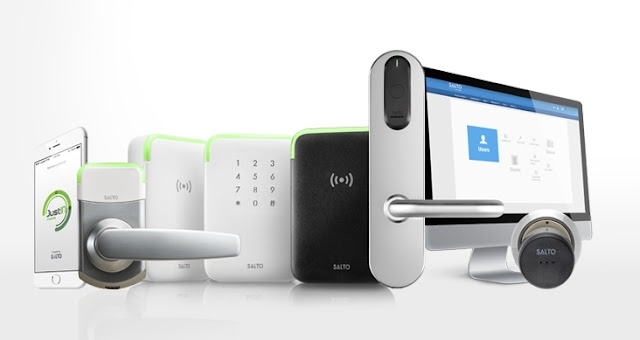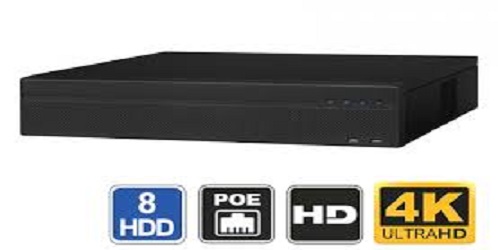Home Design
Your home is
arguably the most important building you inhabit. It is where you live your
life. It is where you raise your children, your pets and your plants. It is the
place of comfort you return to at the end of the day. It is a repository of
memories and the generator of dreams.
It follows that designing your home is a
very personal act and choosing the right architect to assist you in that
process is incredibly important. Naturally the architect needs to be qualified to do the job but they also
needs to be able to understand you as a person. They need to be a good listener
and know to ask the right questions. They need to respect the reality that you
know how you live your life but also be willing to challenge you to imagine
ways you could live your life better.
PRE-DESIGN
The first thing we need to do is better understand you
as a person and as part of a family. We like to meet you at your home so that
we can see how you currently live. This first conversation is mainly about the
“big ideas” that will drive the design of your house.
Of course we’ll need to know how many bedrooms and
bathrooms you want, but we also want to come away from this first meetinhg with
an understanding of what kind of place you want your house to be. Although it’s
easy enough to define the functional requirements of how you want your home to
work, sometimes it can be more challenging to describe how you want your home to
feel.
It’s also important that we see where the new home or
addition will be built. As well as understanding the conditions at play on the
site, we’ll also need to document these existing conditions. If you have
existing drawings or surveys this can help, but often we need to spend a few
hours gathering the dimensions and photographs we’ll need to move forward.
CONCEPT
OPTIONS
After we’ve listened to your needs and dreams, we’re
ready to start designing. And what we do when we design is draw. As we sketch
we’ll explore various ways your home could
be organized and positioned on its site. Many of these concepts won’t be a
perfect fit, but some of them will show promise and those we will develop into
a series of Concept Options that we will present to you.
Even when there is an obvious solution to your
particular design
problem, we’ve found that exploring alternate approaches often informs and
improves that initial design. What is more, visualizing something that doesn’t
exist can be difficult. Having a series of tangible alternatives to think about
and discuss provides everyone with a vocabulary to discuss what works and what
doesn’t.
To move onto the next phase, a single design
direction will need to be identified. Usually a single option will reveal
itself to be the preferred direction although sometimes a hybrid of multiple
schemes will be combined to create a fourth “Frankenstein” option.



Comments
Post a Comment